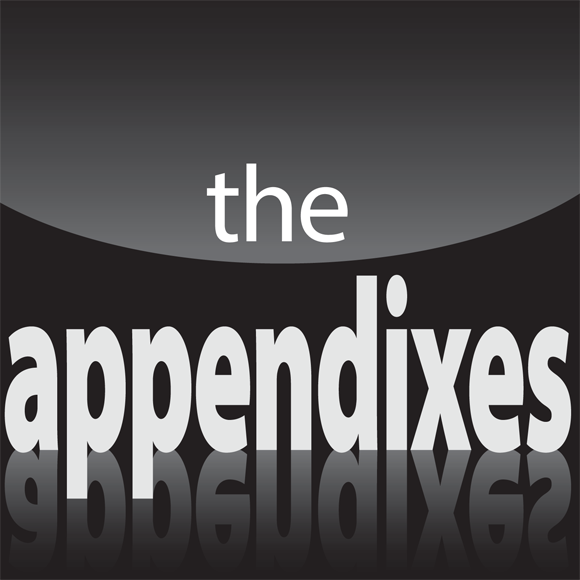Italian All-in-One For Dummies (182 page)
Read Italian All-in-One For Dummies Online
Authors: Consumer Dummies

What Were You Thinking? The Imperfect Progressive
You use the
imperfetto
progressivo
(
imperfect progressive
)
to refer to an action or event that
was
in the process of happening. For example, you can say
Cosa
stavi facendo
?
(
What were you doing?
) when you want to query a guilty-looking child. You may also want to use the imperfect progressive to discuss an action or event that was in the process of happening when something else happened. For example, you can get more specific by saying
Cosa
stavi facendo
quando ho telefonato?
(
What were you doing when I called?
)
 You form the imperfect progressive with the imperfect form of the verb
You form the imperfect progressive with the imperfect form of the verb
stare
(
to be
) + the present gerund of the verb in question. The following table shows the imperfect progressive conjugation of the verb
dormire
and an example.

Book VI
Appendixes

 Go to
Go towww.dummies.com/cheatsheet/italianaioto access the Cheat Sheet created specifically for Italian All-in-One For Dummies.
Contents at a Glance
Appendix B: Italian-English Mini-Dictionary
Appendix A
Verb Tables
V
erbs have a fundamental role in the construction of a sentence. Italian philosopher and writer Niccolò Machiavelli said that the verb was “the chain and nerve of the language.” The verb is the center around which you organize the different elements that compose any sentence.
This appendix provides the conjugations of commonly used verbs in various tenses of the infinitive, indicative, participle, and gerund moods. You first find the present infinitive, the past participle, and the present gerund of a verb and then the conjugations of the verb in the present
io scrivo/sto scrivendo
(
I write/I am writing
), present perfect (also simple past in English)
io ho scritto
(
I have written/I wrote
), future
io scriverò
(
I shall write
), and imperfect
io scrivevo
(
I wrote/used to write
) indicative forms. You need to know the past participle form of the verb to form compound tenses; the verb tables provide a notation with the correct (auxiliary) helping verb
essere
(
to be
) or
avere
(
to have
) to use with the past participle in the compound tenses, so your Italian sentences are flawless!
The first verbs presented are the helping verbs
avere
(
to have
),
essere
(
to be
),
dovere
(
ought to; to have to; must
),
potere
(
can; to be able to
), and
volere
(
to want
). Then there's a section that shows how to conjugate all regular
-are, -ere, -ire,
and
isc
verbs. Continue reading to find the patterns you need to conjugate verbs with a reflexive pronoun. You use these patterns for reflexive and reciprocal verbs (see
Chapter 3
in Book IV for more on these forms). The appendix wraps up with a section on irregular verbs â how boring Italian would be without them! But don't worry: In here, you'll find the most commonly used irregular verbs and how to conjugate them.
If you don't get quite enough on verbs in this appendix, refer to Books IV and V.
Italian Helping Verbs
The verbs
avere
and
essere
help form compound tenses, as in
ho scritto
(
IÂ have written
) and
ero andata
(
I had gone
). The verbs
dovere,
potere,
and
volere
help convey the idea of obligation, possibility/ability, or willingness implied by the verb that follows. For example,
devono
studiare
(
they must study
) and
vogliono studiare
(
they want to study
) explain student attitudes toward books and schoolwork. For their function in the sentence,
avere, essere, dovere, potere,
and
volere
are called
helping verbs
(auxiliary verbs in Italian.)





Regular Italian Verbs
Regular verbs are those verbs that keep the stem in all its forms and take the normal conjugation endings.






